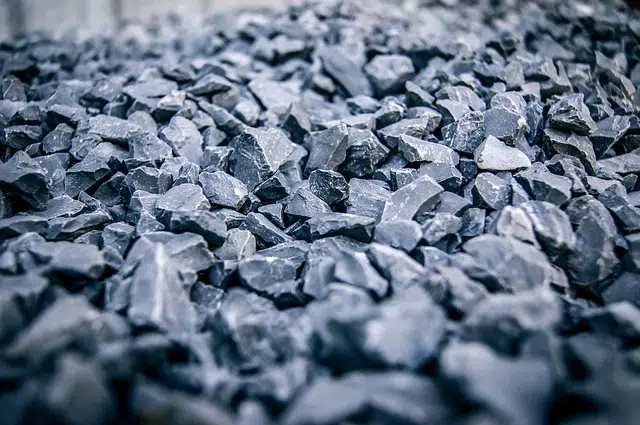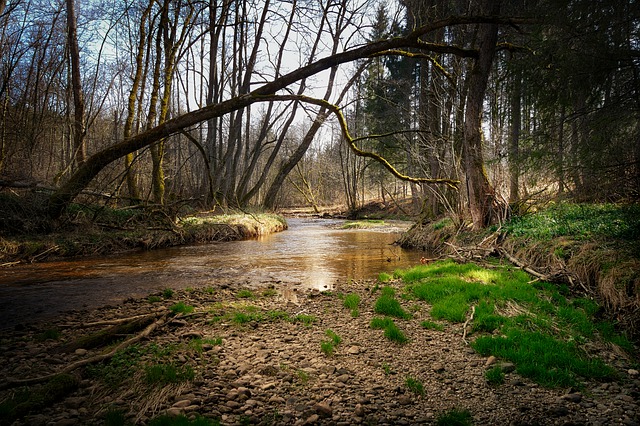
Gravel is made up of small stones with various applications
Gravel is the group of small stones known as pebbles , which are smooth rocks that are usually found in the beds of streams and rivers and on the banks. Crushed stones used to cover the surface of a road are also called gravel.
small stones
The idea of gravel, therefore, refers to certain stones that may have natural origin or that are generated by man from other rocks . Although its size may vary, gravel is characterized by the reduced dimensions of its components.
To obtain gravel it is necessary to use one of its supply sources: sedimentation banks, a river bed, dry wells or quarries . The first are those that are built artificially so that the material of a certain thickness that is carried by river currents is glued. There, these materials, which come from the weathering of stones and erosion, become sediment .
With respect to the river bed , a concept that is also known as the river bed , it is the portion of a valley through which the waters move. In this case, gravel is extracted from the material carried by water. Dry wells are places where there were floodplains , parts that can suffer a flood if the waters of a river rise, since they are very close to them.
Finally, there are quarries, that is, mining operations in which rocks of various types are obtained, from industrial to ornamental. They are usually small in size and exposed. The materials extracted in the quarries generally come from the hills and are obtained using explosives.
Use in construction
In the field of construction , gravel is often used to cover paths and various flat roofs . It is also used to make concrete (the material also called concrete ).
In the case of concrete , gravel is made up of crushed rock from specially chosen sources. These rocks are analyzed in a laboratory to determine their quality.
The gravel used by builders can be obtained from channels, banks or dry wells. It is even possible to extract it from quarries that exploit geological formations and rock layers and from sedimentation banks that are generated artificially to take advantage of the materials carried by river currents.
The name it receives in this context is arid , a concept that is generally defined as "granular material" or "granular matter", a group of solid particles of macroscopic size whose dimensions are sufficient for them to interact through friction. Mechanical resistance and chemical stability are two important factors of aggregate for use in construction.

The river carries various materials, among which we see gravel
The verb "tax"
Grava , finally, is a conjugation of the verb to tax : to establish a tribute or tax . For example: "Through a new decree, the European nation taxes imports of soy and corn" , "We are going to present a law that taxes large fortunes" , "If this activity is taxed, producers will suffer significant economic damage" .
In this case, therefore, we must understand that the meaning of the verb tax is that of an imposition, a burden or a weight that falls on a group of people (generally, an entire town) although in its most normal use is that the direct complement is a product, an activity or a service, which "are taxed." What is collected is called a lien , which is defined precisely as a tribute, a tax or a charge.
